1. The Eastern Elk
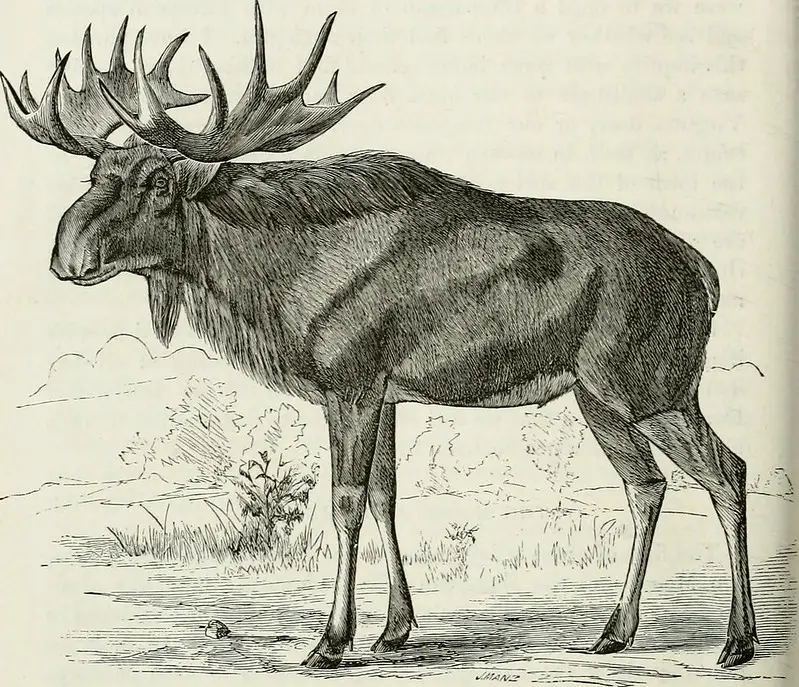
Eastern Elk roamed from the Appalachian Mountains to the Mississippi River, but overhunting and habitat loss took their toll. By the 1840s, this subspecies of elk vanished entirely from the wild. Today, other elk subspecies roam North America, but the Eastern Elk remains a memory.
2. The Carolina Parakeet
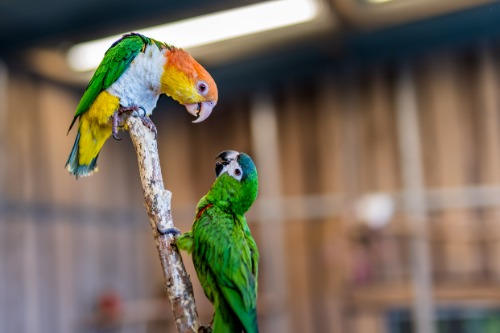
A burst of vibrant green, yellow, and orange, the Carolina Parakeet was once the only native parrot of the United States. Found in the Eastern and Midwestern U.S., these beautiful birds became extinct due to habitat loss, hunting, and disease by the early 20th century. The last known Carolina Parakeet died in 1918 in the Cincinnati Zoo.
3. Passenger Pigeon
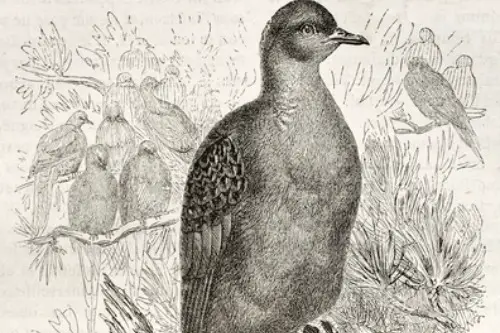
Imagine skies filled with millions of birds, flapping and chirping in unison. That was once the sight of a Passenger Pigeon flock. Overhunted and impacted by habitat destruction, they rapidly declined in the 19th century. The last passenger pigeon, named Martha, died in captivity in 1914.
4. Great Auk
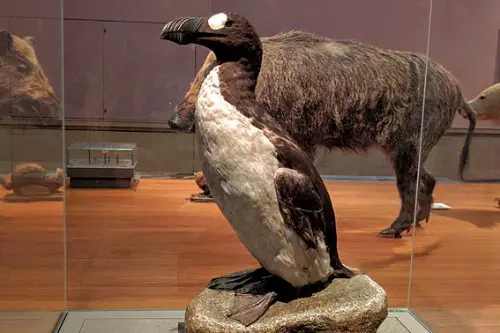
Think of a penguin, but native to the North Atlantic. The flightless Great Auk was a beloved seabird once found along the North American coasts. Sadly, humans hunted them for their feathers and eggs. The last confirmed sighting of a Great Auk was in 1844.
5. Sea Mink

This mink subspecies was a coastal dweller, found along the Northeastern shores. Its fur was prized, leading to relentless trapping. By the late 1800s, the Sea Mink was gone, leaving its larger size and richer fur in memory.
6. Steller’s Sea Cow
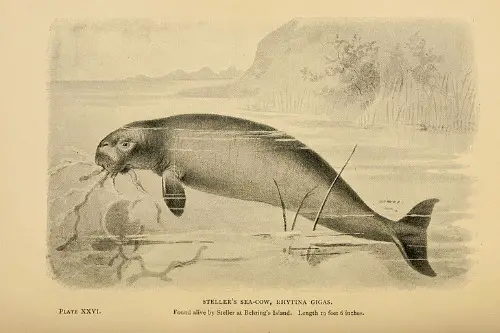
Steller’s Sea Cow, a gentle giant related to the manatee, was discovered off Alaska’s coast in 1741. But less than 30 years later, hunting had wiped out the species. Weighing up to 10 tons, these gentle giants were a tragic casualty of overexploitation.
7. Dusky Seaside Sparrow
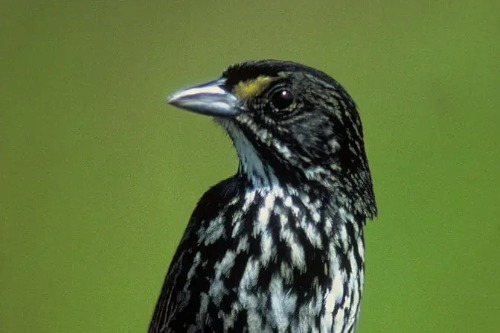
The Dusky Seaside Sparrow lived in the Florida marshes and had a hauntingly beautiful call. Sadly, by the 1970s, the construction of roads and pollution devastated its habitat. The last known Dusky Seaside Sparrow died in captivity in 1987.
8. Labrador Duck
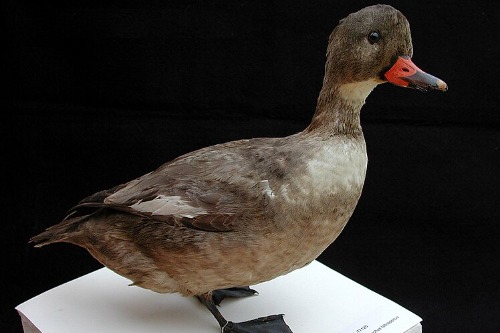
This duck, native to the coasts of New England and Canada, was distinct with its black and white plumage. No one knows exactly why the Labrador Duck went extinct in the 1870s, but hunting and habitat changes are likely culprits. Its mysterious decline still puzzles scientists.
9. The Blue Pike

A subspecies of walleye, the Blue Pike was once plentiful in the Great Lakes. Overfishing and pollution led to its decline. By the 1980s, the Blue Pike was officially declared extinct, a symbol of the Great Lakes’ ecological upheaval.
10. Pinta Island Tortoise (Lonesome George)

Lonesome George was the last of his subspecies of Galápagos tortoise, originally found on Pinta Island. Though technically part of the Galápagos, his story touched many Americans. George passed away in 2012, marking the extinction of his unique lineage.
11. San Diego Pocket Mouse
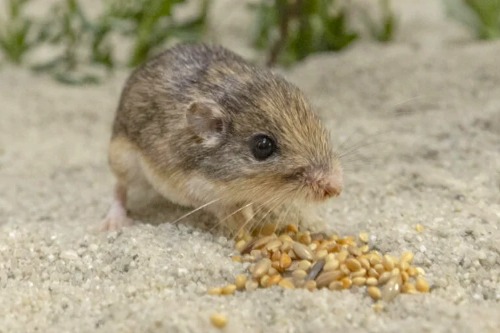
This tiny rodent, native to Southern California, went extinct in the early 1900s due to urban development and habitat loss. Although other types of pocket mice still exist, this particular subspecies is gone.
12. Heath Hen
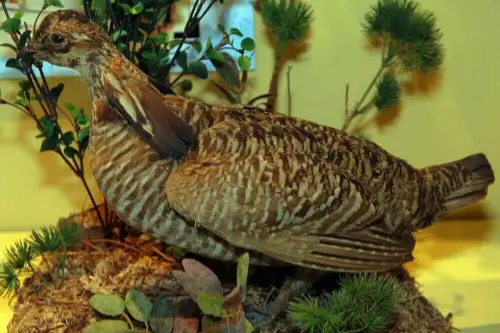
The Heath Hen was a unique, smaller relative of the prairie chicken, found across New England. Its population dwindled due to hunting and habitat destruction. Despite conservation efforts, the last Heath Hen, nicknamed “Booming Ben,” died in 1932.
13. West Indian Monk Seal
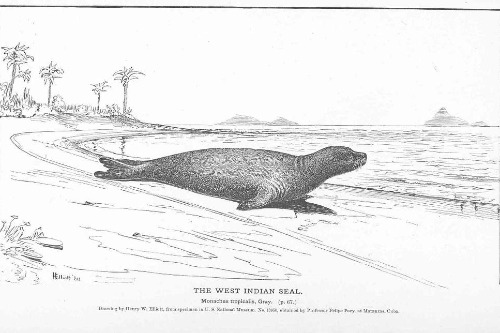
The West Indian Monk Seal, the only seal native to the Caribbean, was last sighted in the early 1950s. Overhunted for their blubber and meat, these gentle seals had little defense against human threats. Officially declared extinct in 2008, their loss is a reminder of how fragile marine ecosystems can be.


